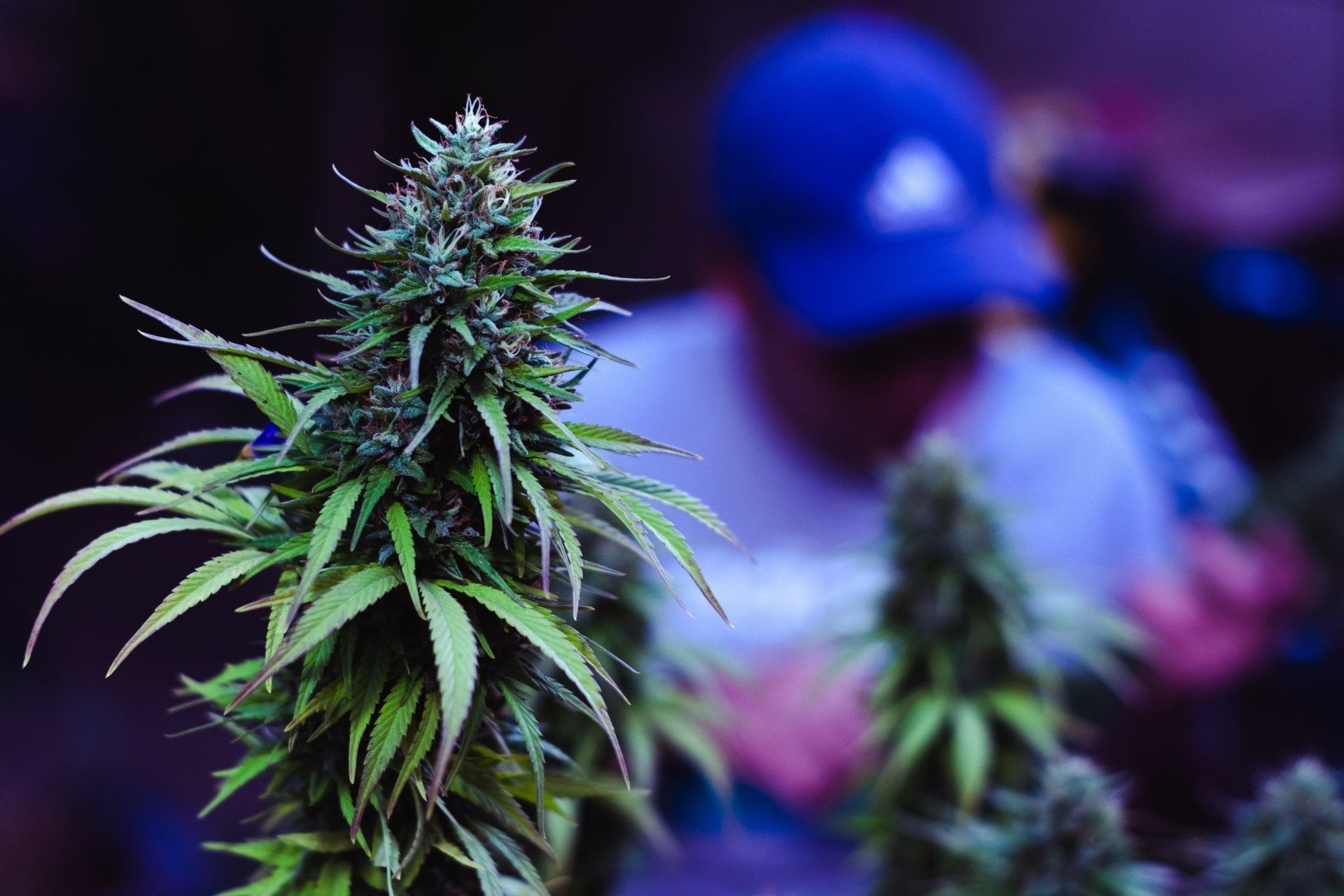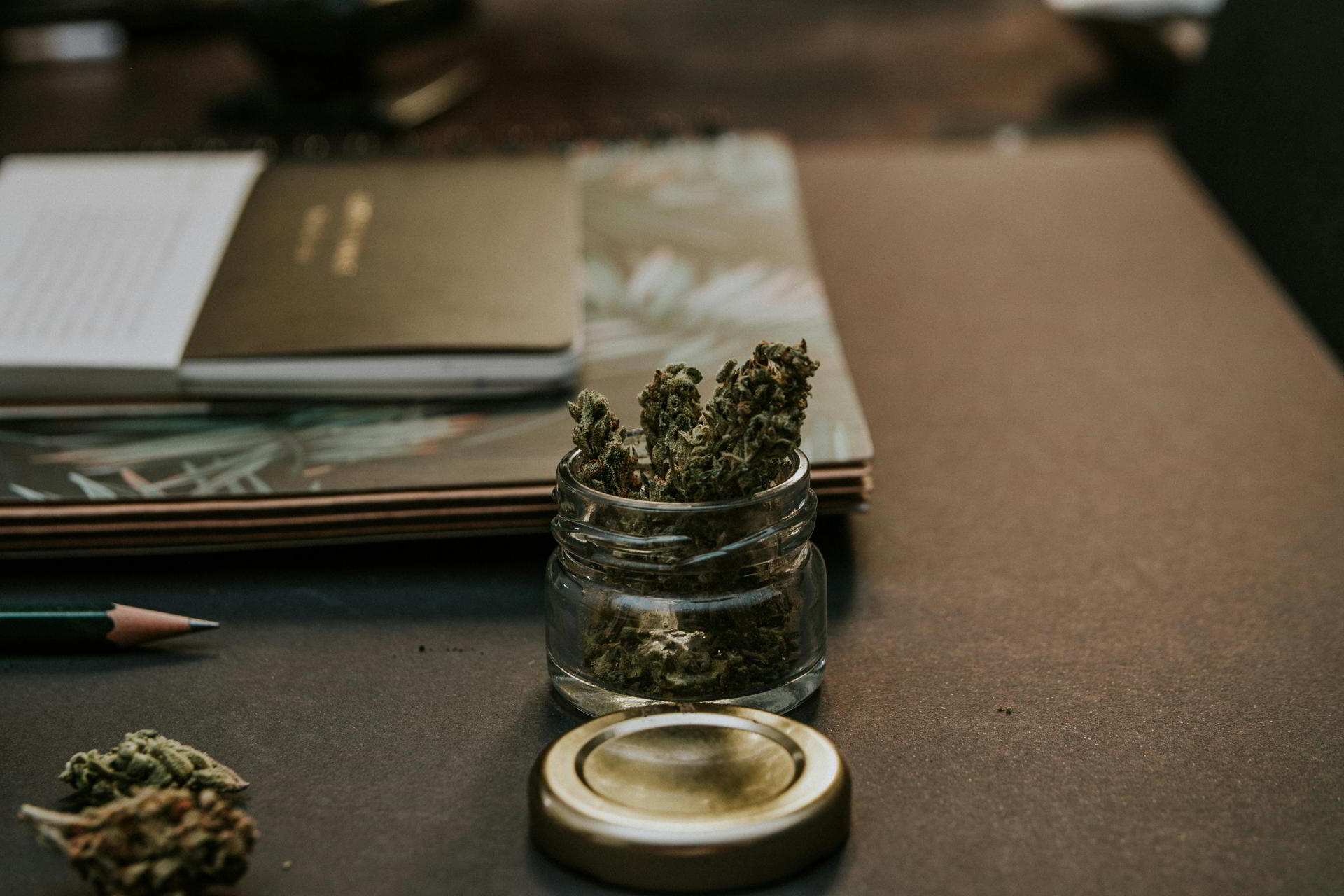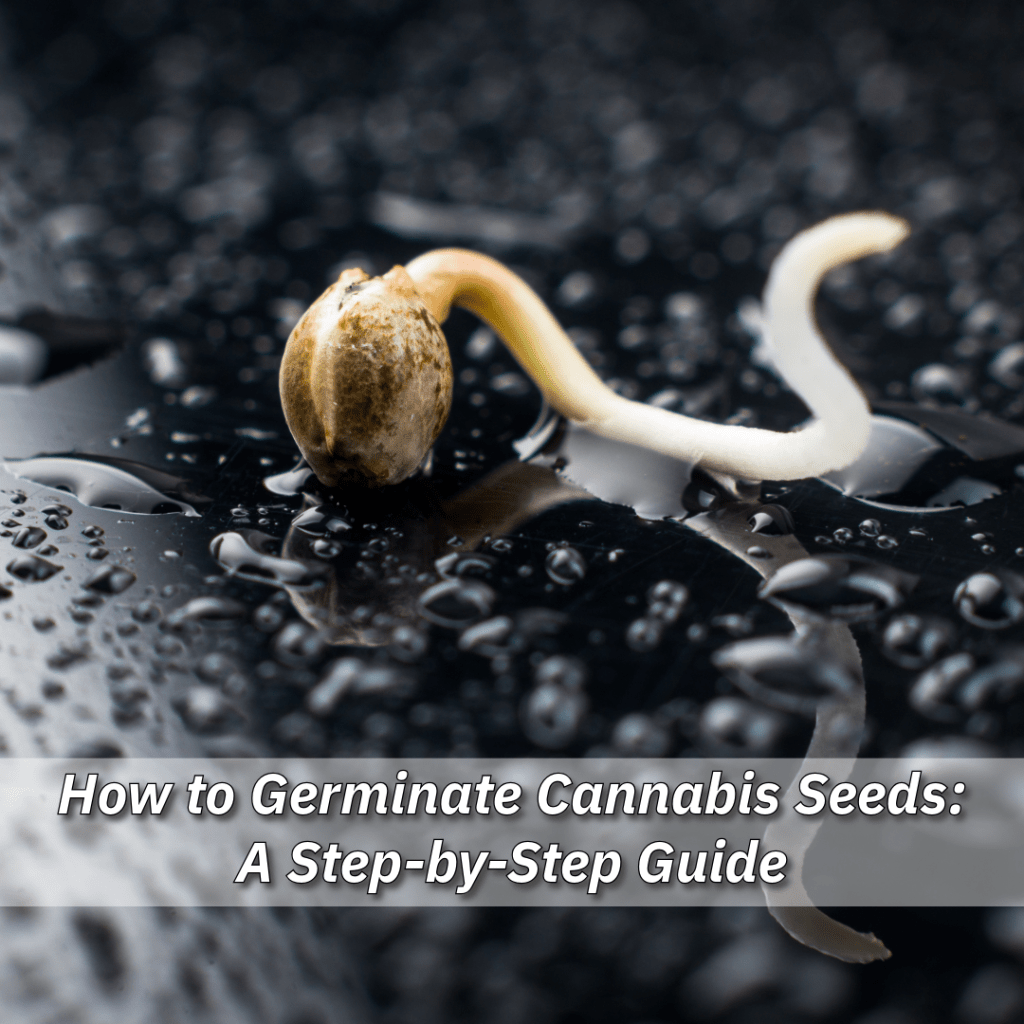
So wählst du das perfekte Phänotyp für deine Cannabispflanzen aus
Die Auswahl des perfekten Phänotyps ist einer der spannendsten und lohnendsten Aspekte des Cannabis-Anbaus. Der Phänotyp bestimmt nicht nur das Aussehen und die Wuchsform deiner Pflanzen, sondern auch ihr Aroma, ihre Potenz und den Ertrag. Durch eine gezielte Auswahl kannst du Cannabis mit den idealen Eigenschaften für deine individuellen Bedürfnisse kultivieren.
In diesem Leitfaden erfährst du, was ein Phänotyp ist, warum er so wichtig ist und wie du das beste Exemplar für deinen Grow findest.
Was ist ein Phänotyp?
- Genetische Ausdrucksform: Ein Phänotyp beschreibt die sichtbaren Merkmale einer Cannabispflanze, darunter Wuchshöhe, Blattform, Bud-Struktur, Aroma und Wirkstoffgehalt.
- Genetik vs. Umwelt: Während die Genetik das Fundament legt, bestimmen Umweltfaktoren wie Licht, Temperatur und Nährstoffe, wie sich ein Phänotyp letztendlich entwickelt.
- Variationen innerhalb einer Sorte: Auch Samen derselben Sorte können leicht unterschiedliche Merkmale aufweisen, da sich verschiedene Phänotypen entwickeln können.
💡 Tipp: Stabilisierte Genetik sorgt für konsistentere Phänotypen und erleichtert die Auswahl.

Warum ist die Auswahl des richtigen Phänotyps wichtig?
✔ Maximaler Ertrag: Ein optimaler Phänotyp bringt größere und dichtere Buds hervor.
✔ Höhere Potenz & besseres Aroma: Die richtige Auswahl kann das Terpenprofil verstärken und den THC- oder CBD-Gehalt maximieren.
✔ Resistenz gegen Schädlinge & Schimmel: Bestimmte Phänotypen sind robuster und widerstandsfähiger gegen Krankheiten und Umwelteinflüsse.
💡 Tipp: Wer indoor anbaut, sollte ein Phänotyp wählen, das für kontrollierte Bedingungen optimiert ist.
So wählst du den besten Phänotyp aus
1. Starte mit hochwertiger Genetik
✔ Verwende nur labortestete Premium-Samen, um eine starke und stabile Genetik sicherzustellen.
✔ Bevorzuge Samen von seriösen Züchtern, die für stabile Phänotypen bekannt sind.
2. Mehrere Samen keimen lassen
✔ Um die Wahrscheinlichkeit zu erhöhen, einen herausragenden Phänotyp zu finden, solltest du mindestens 10-15 Samen derselben Sorte keimen lassen.
✔ Dokumentiere das Wachstum jeder Pflanze und notiere Unterschiede in Wachstumskraft, Struktur und Blattform.
3. Das vegetative Wachstum beobachten
✔ Bevorzuge Pflanzen mit kräftigem Stängel, gesunden Blättern und schnellem Wachstum.
✔ Meide Exemplare mit schwachem Wachstum oder Anfälligkeit für Krankheiten.
💡 Tipp: Eine gesunde Wurzelentwicklung deutet oft auf einen starken Phänotyp hin.
4. Bud-Entwicklung während der Blütephase analysieren
✔ Achte auf dichte Buds, starke Trichomproduktion und eine hohe Harzmenge.
✔ Prüfe die Widerstandsfähigkeit gegen Schimmel und Schädlinge.
✔ Beurteile das Aroma frühzeitig, um die intensivsten Terpenprofile auszuwählen.
💡 Tipp: Verwende eine Lupe oder ein Mikroskop, um die Trichome zu analysieren und den besten Erntezeitpunkt zu bestimmen.
5. Ernten & finale Qualitätsprüfung
✔ Nach dem Trocknen und Aushärten testest du jede Pflanze auf Geschmack, Potenz und Wirkung.
✔ Wähle den Phänotyp, der deine gewünschten Kriterien hinsichtlich Aroma, THC-Gehalt und Widerstandsfähigkeitam besten erfüllt.
💡 Tipp: Detaillierte Notizen zu jedem Phänotyp helfen dir, die beste Wahl zu treffen.

Wichtige Kriterien für den idealen Phänotyp
- Terpenprofil: Wähle Pflanzen mit intensiven und individuellen Aromen.
- Bud-Struktur: Dichtere, harzige Buds sorgen für einen besseren Ertrag.
- Potenz: Analysiere verschiedene Phänotypen, um den optimalen THC- oder CBD-Gehalt zu finden.
- Wachstumsverhalten: Indoor-Grower sollten Phänotypen wählen, die sich gut für LST, ScrOG oder andere Trainingstechniken eignen.
- Resistenz: Outdoor-Grower profitieren von Phänotypen, die Schädlingen und Schimmel besser standhalten.
FAQ: Häufig gestellte Fragen zur Phänotyp-Selektion
❓ Warum sehen Pflanzen derselben Sorte unterschiedlich aus?
🔹 Cannabis-Samen haben genetische Variationen, wodurch verschiedene Phänotypen entstehen können.
❓ Was ist wichtiger – Genetik oder Umwelt?
🔹 Beides! Die Genetik bestimmt das Potenzial, aber die Umwelt beeinflusst die finale Entwicklung.
❓ Wie viele Samen sollte ich keimen lassen, um den besten Phänotyp zu finden?
🔹 Mindestens 10-15 Samen einer Sorte erhöhen die Wahrscheinlichkeit, ein herausragendes Exemplar zu entdecken.
❓ Wie kann ich einen ausgewählten Phänotyp stabilisieren?
🔹 Durch das Clonen einer Mutterpflanze kannst du die gewünschten Merkmale über mehrere Generationen hinweg beibehalten.
❓ Wie erkenne ich einen guten Phänotyp frühzeitig?
🔹 Achte auf schnelles Wachstum, starke Stängel und eine natürliche Resistenz gegen Schädlinge schon in der vegetativen Phase.
Wähle dein ideales Phänotyp für einen erfolgreichen Anbau
Durch eine gezielte Phänotyp-Selektion kannst du deine Cannabispflanzen optimal an deine Anforderungen anpassen, sei es für maximale Potenz, intensive Terpenprofile oder hohe Widerstandsfähigkeit.
🌱 Starte jetzt mit Premium-Genetik von TerpHunters und finde den perfekten Phänotyp für deinen Grow!
Die Auswahl des perfekten Phänotyps ist einer der spannendsten und lohnendsten Aspekte des Cannabis-Anbaus. Der Phänotyp bestimmt nicht nur das Aussehen und die Wuchsform deiner Pflanzen, sondern auch ihr Aroma, ihre Potenz und den Ertrag. Durch eine gezielte Auswahl kannst du Cannabis mit den idealen Eigenschaften für deine individuellen Bedürfnisse kultivieren.
In diesem Leitfaden erfährst du, was ein Phänotyp ist, warum er so wichtig ist und wie du das beste Exemplar für deinen Grow findest.
Was ist ein Phänotyp?
- Genetische Ausdrucksform: Ein Phänotyp beschreibt die sichtbaren Merkmale einer Cannabispflanze, darunter Wuchshöhe, Blattform, Bud-Struktur, Aroma und Wirkstoffgehalt.
- Genetik vs. Umwelt: Während die Genetik das Fundament legt, bestimmen Umweltfaktoren wie Licht, Temperatur und Nährstoffe, wie sich ein Phänotyp letztendlich entwickelt.
- Variationen innerhalb einer Sorte: Auch Samen derselben Sorte können leicht unterschiedliche Merkmale aufweisen, da sich verschiedene Phänotypen entwickeln können.
💡 Tipp: Stabilisierte Genetik sorgt für konsistentere Phänotypen und erleichtert die Auswahl.

Warum ist die Auswahl des richtigen Phänotyps wichtig?
✔ Maximaler Ertrag: Ein optimaler Phänotyp bringt größere und dichtere Buds hervor.
✔ Höhere Potenz & besseres Aroma: Die richtige Auswahl kann das Terpenprofil verstärken und den THC- oder CBD-Gehalt maximieren.
✔ Resistenz gegen Schädlinge & Schimmel: Bestimmte Phänotypen sind robuster und widerstandsfähiger gegen Krankheiten und Umwelteinflüsse.
💡 Tipp: Wer indoor anbaut, sollte ein Phänotyp wählen, das für kontrollierte Bedingungen optimiert ist.
So wählst du den besten Phänotyp aus
1. Starte mit hochwertiger Genetik
✔ Verwende nur labortestete Premium-Samen, um eine starke und stabile Genetik sicherzustellen.
✔ Bevorzuge Samen von seriösen Züchtern, die für stabile Phänotypen bekannt sind.
2. Mehrere Samen keimen lassen
✔ Um die Wahrscheinlichkeit zu erhöhen, einen herausragenden Phänotyp zu finden, solltest du mindestens 10-15 Samen derselben Sorte keimen lassen.
✔ Dokumentiere das Wachstum jeder Pflanze und notiere Unterschiede in Wachstumskraft, Struktur und Blattform.
3. Das vegetative Wachstum beobachten
✔ Bevorzuge Pflanzen mit kräftigem Stängel, gesunden Blättern und schnellem Wachstum.
✔ Meide Exemplare mit schwachem Wachstum oder Anfälligkeit für Krankheiten.
💡 Tipp: Eine gesunde Wurzelentwicklung deutet oft auf einen starken Phänotyp hin.
4. Bud-Entwicklung während der Blütephase analysieren
✔ Achte auf dichte Buds, starke Trichomproduktion und eine hohe Harzmenge.
✔ Prüfe die Widerstandsfähigkeit gegen Schimmel und Schädlinge.
✔ Beurteile das Aroma frühzeitig, um die intensivsten Terpenprofile auszuwählen.
💡 Tipp: Verwende eine Lupe oder ein Mikroskop, um die Trichome zu analysieren und den besten Erntezeitpunkt zu bestimmen.
5. Ernten & finale Qualitätsprüfung
✔ Nach dem Trocknen und Aushärten testest du jede Pflanze auf Geschmack, Potenz und Wirkung.
✔ Wähle den Phänotyp, der deine gewünschten Kriterien hinsichtlich Aroma, THC-Gehalt und Widerstandsfähigkeitam besten erfüllt.
💡 Tipp: Detaillierte Notizen zu jedem Phänotyp helfen dir, die beste Wahl zu treffen.

Wichtige Kriterien für den idealen Phänotyp
- Terpenprofil: Wähle Pflanzen mit intensiven und individuellen Aromen.
- Bud-Struktur: Dichtere, harzige Buds sorgen für einen besseren Ertrag.
- Potenz: Analysiere verschiedene Phänotypen, um den optimalen THC- oder CBD-Gehalt zu finden.
- Wachstumsverhalten: Indoor-Grower sollten Phänotypen wählen, die sich gut für LST, ScrOG oder andere Trainingstechniken eignen.
- Resistenz: Outdoor-Grower profitieren von Phänotypen, die Schädlingen und Schimmel besser standhalten.
FAQ: Häufig gestellte Fragen zur Phänotyp-Selektion
❓ Warum sehen Pflanzen derselben Sorte unterschiedlich aus?
🔹 Cannabis-Samen haben genetische Variationen, wodurch verschiedene Phänotypen entstehen können.
❓ Was ist wichtiger – Genetik oder Umwelt?
🔹 Beides! Die Genetik bestimmt das Potenzial, aber die Umwelt beeinflusst die finale Entwicklung.
❓ Wie viele Samen sollte ich keimen lassen, um den besten Phänotyp zu finden?
🔹 Mindestens 10-15 Samen einer Sorte erhöhen die Wahrscheinlichkeit, ein herausragendes Exemplar zu entdecken.
❓ Wie kann ich einen ausgewählten Phänotyp stabilisieren?
🔹 Durch das Clonen einer Mutterpflanze kannst du die gewünschten Merkmale über mehrere Generationen hinweg beibehalten.
❓ Wie erkenne ich einen guten Phänotyp frühzeitig?
🔹 Achte auf schnelles Wachstum, starke Stängel und eine natürliche Resistenz gegen Schädlinge schon in der vegetativen Phase.
Wähle dein ideales Phänotyp für einen erfolgreichen Anbau
Durch eine gezielte Phänotyp-Selektion kannst du deine Cannabispflanzen optimal an deine Anforderungen anpassen, sei es für maximale Potenz, intensive Terpenprofile oder hohe Widerstandsfähigkeit.
🌱 Starte jetzt mit Premium-Genetik von TerpHunters und finde den perfekten Phänotyp für deinen Grow!



